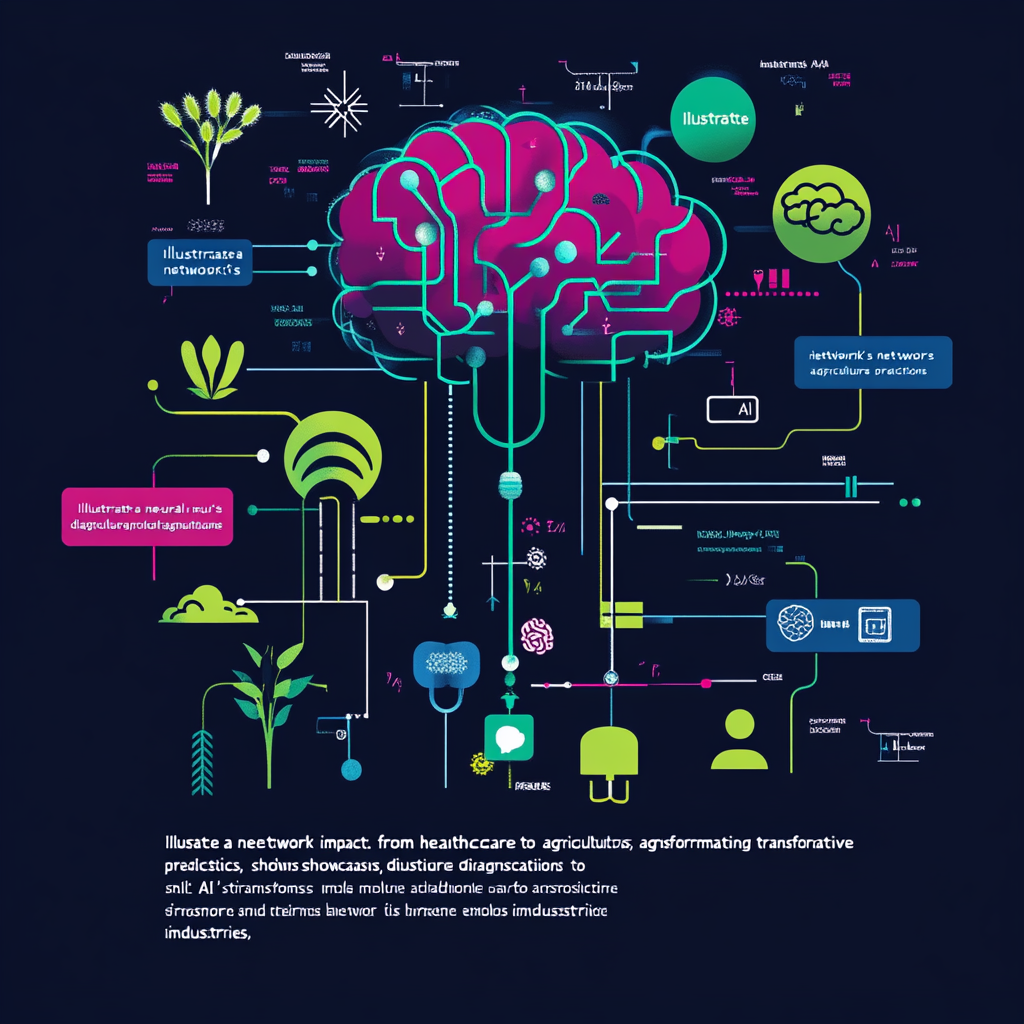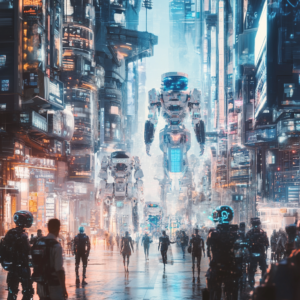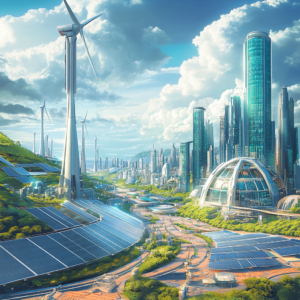
“ISS Astronauts Affirm Confidence in Boeing Starliner Mission”
Exploring the World of Neural Networks
To navigate the mind-bending, eye-popping universe of neural networks, you must embrace two critical components:
a) a willingness to comprehend the fundamentals and
b) a thirst for the latest developments in automation technology.
Neural networks, the backbone of modern AI, are not just the stuff of science fiction; they are real, they’re consequential, and yes, they’re a bit mysterious. A bit like learning to cook without following a recipe—sure, you can throw in spaghetti sauce and call it gourmet, but the result might resemble something your dog was about to eat.
First and foremost, let’s drop the misconceptions. Neural networks are not magical black boxes where data goes in, pixie dust gets sprinkled, and instant wisdom pops out. If anyone leads you to believe that, they are selling you snake oil, dear reader. In truth, neural networks are composed of layers of nodes (or neurons, if we’re talking the cool, high-tech lingo) that learn to recognize patterns by tweaking their internal settings based on the data provided.
Think of it as a really complicated set of sunglasses. At first, you can’t see the difference between a rock and a cat. But as you wear them longer (a.k.a., train your network), suddenly that cat starts looking like a supermodel, and if you’re lucky, the rock stays just a rock. You’re tuning your lenses to see the world better.
Alright, let’s tackle this learning process called “training.” Training a neural network is both an art and a science. You have to feed it a huge amount of data, which acts as the meal for our hungry network. If you feed it less than enough, you’ll get a cranky, undernourished model that can’t predict the price of bread tomorrow, let alone recognize the purring felines in your living room.
Now, not all data is created equal. Having data that’s cleaner than your roommate’s laundry is absolutely essential. Dirty or biased data can lead to models that, well, let’s just say they wouldn’t be invited to your next dinner party because of how off-the-wall their outputs might get. A model trained on pictures mainly featuring cats with filters won’t be so good at recognizing dogs. If it sounds like a party foul, it is!
As for automation, anyone out there thinking machines are coming to take everyone’s jobs? Well, buckle up, because in many industries, it’s already happening. Automation tools are infiltrating your daily grind, optimizing processes that were once painstakingly manual.
Picture this: you're slicing onions by hand, shedding tears into your dinner prep, while a clever robot wrist swoops in, dicing them perfectly in mere seconds. Delightful, isn’t it? Yet, this also raises an important point. With automation comes the trial of adaptation for many workers. It's not merely about being automated out of a job; it's about learning how to coexist with these systems. Upskilling, reskilling, and becoming the master of your own technomagic can turn you from a passive observer to an active participant in the future landscape.
Let's not forget the neural network puppies being unleashed into many sectors. From healthcare—where they're diagnosing diseases faster and more accurately than ever—to finance, where they’re predicting stock market movements with uncanny accuracy, the infusion of AI wonders into everyday life is almost poetic, albeit in a somewhat dystopian way.
In agriculture, neural networks are being used to predict weather patterns and optimize crop yields—because who doesn’t want bountiful fresh tomatoes without sweating in the sun? You see, embracing these tech beasts can lead to a more sustainable future, so it’s worth understanding and fearing them in equal measure.
But hold on, don't just plug your ears and sing loudly to avoid the inevitable noises of progress. Instead, let your brain race alongside these advancements. Educate yourself; there’s so much to glean! Understanding neural networks isn’t just goosebumps on the skin of tech enthusiasts; it’s about practical outcomes and future scenarios in all walks of life.
Some might wonder, how can I dabble in this neural network playground? How can I harness automation to make my life less of a pain in the neck? Well, start small. There are easily accessible resources online, tools like TensorFlow and PyTorch that let you lend a hand to your own little neural network projects. To some, it may feel like learning Mandarin in a week, but with persistence and a willingness to fail spectacularly, you’ll be amazed at what you can achieve.
At the very least, dive into communities filled with eager learners, where conversations flow like the best green tea—refined, enlightening, and occasionally bitter. There’s nothing like finding your tribe amidst the tech revolution!
There you have it—the dawn of neural networks and automation is buzzing louder than a caffeinated bee at peak pollination season. The best part? You don’t need a crystal ball or a PhD to understand it; just a curious mind and maybe a little bit of passion for tech. As the game shifts, will you embrace the neural network wave, or will you remain a mere spectator, waiting for that perfect cup of tea (or data)?
Want to stay up to date with the latest news on neural networks and automation? Subscribe to our Telegram channel: @channel_neirotoken

